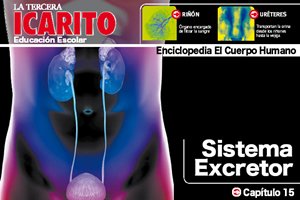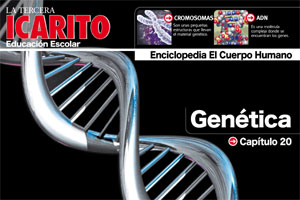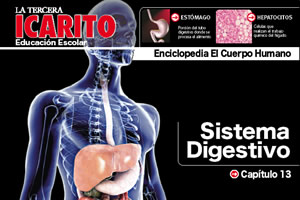In the fifteenth chapter of our collection, we have gotten to know the organs and processes involved in the elimination of some bodily wastes. In order to see what and how much you have learned from this chapter, we recommend you go over the summary tips and answer some check up questions.
Summaries
Urinary apparatus
– The urinary apparatus is made up by the kidneys, ureters, urinary bladder and the urethra.
– One of the main functions of the kidneys is to filter blood, retaining useless substances and eliminating them through urine.
– The kidney’s functional structure is called nephron.
– The main components of urine are urea, potassium, sodium, chlorine, phosphate and sulphate ions, uric acid and creatinine.
– Urination is the process by which we eliminate urine.
Rectum and anus
– The rectum is about 12 centimeters in length. Its main task is to house feces before defecation and assist its exit.
– The anus has three muscles: the internal anal sphincter, the levator muscle of the anus and the external anal sphincter.
– Defecation is the elimination, reflex or voluntary, of feces.
– The nerve center of defecation is located in the spinal cord.
Excretory system disorders
– Some of the diseases that affect the kidney are pyelonephritis, glomerulonephritis, diabetic nephropathy, lithiasis, and polycystic kidney.
-Without a doubt, the most common disorder that affects the urinary bladder is cystitis. Hemorrhoids are the swelling of the veins located in the anus or its proximity.







